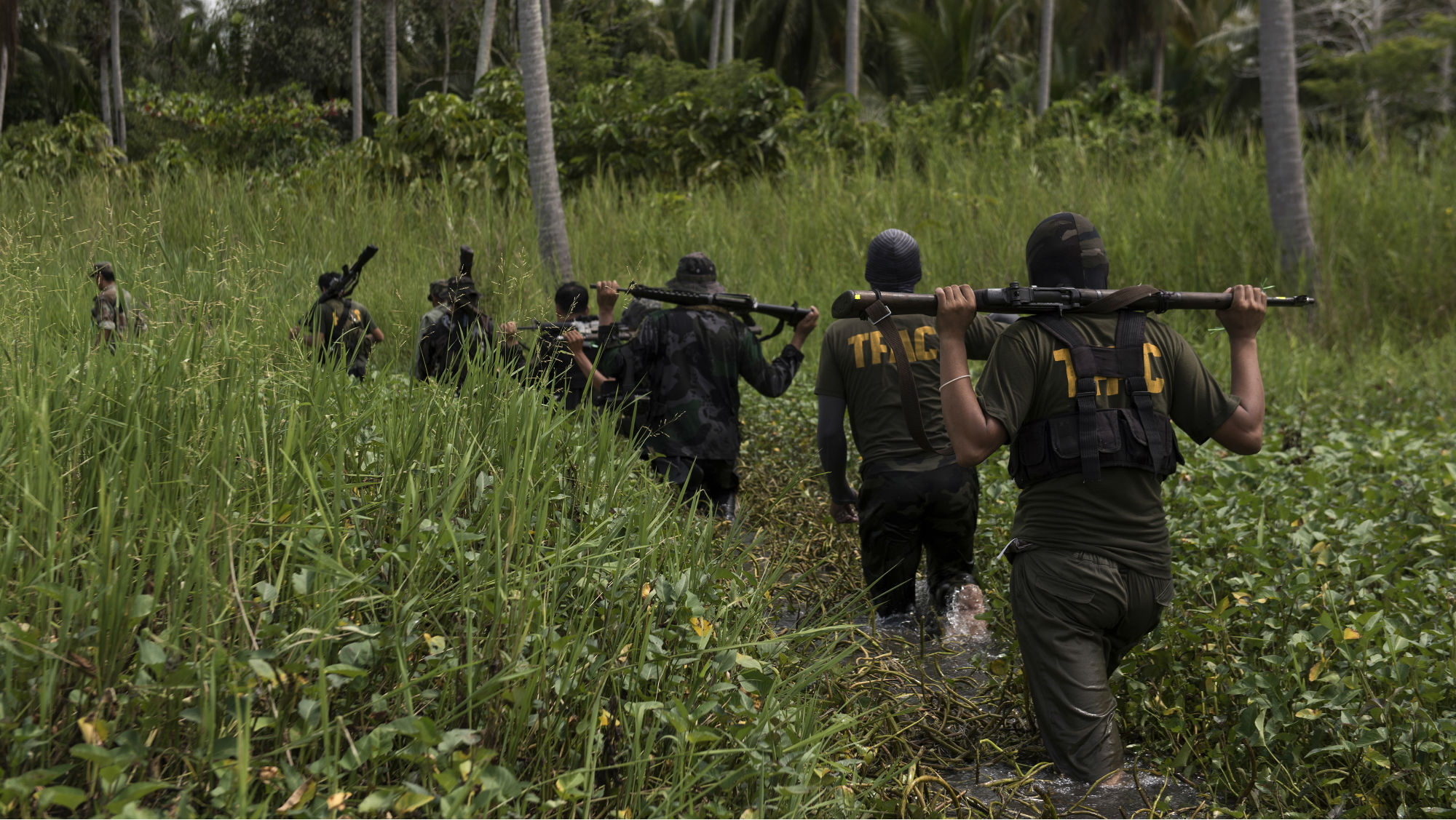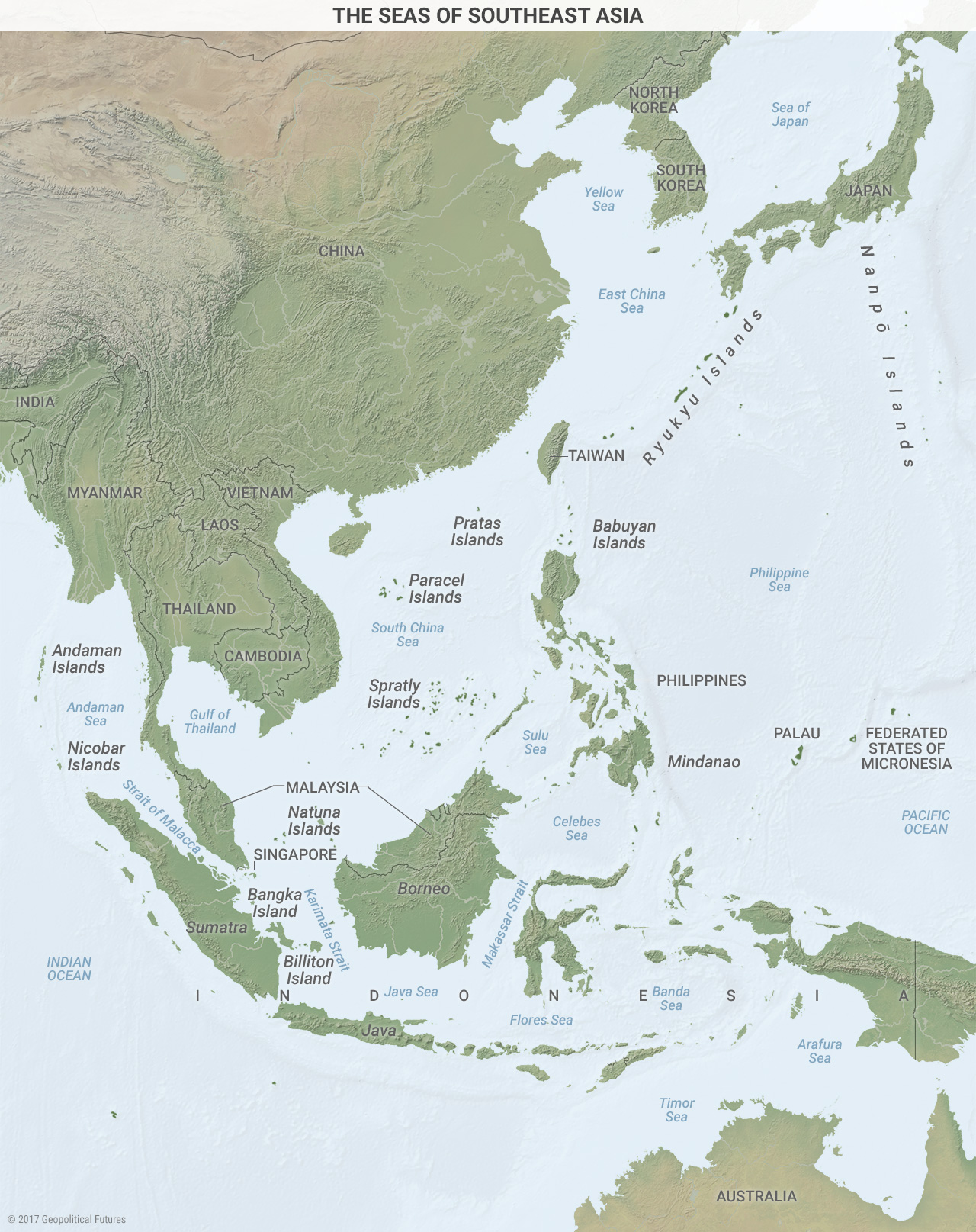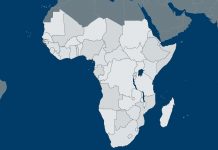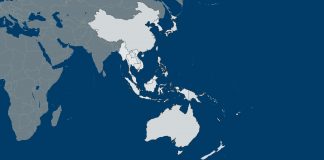By Phillip Orchard
The Philippine government has declared victory in the battle of Marawi City, the provincial capital in the restive southern region of Mindanao that Islamic State-backed jihadists seized in May. Those who led the siege have been killed. With Marawi recaptured, the Islamic State’s most ambitious attempt to date to establish a “province” outside the Middle East and North Africa is over.
But the Marawi crisis underscored problems that will continue to dog the Philippines, a country that cannot fully control all its territory. It has become the arena in which Southeast Asia’s most pressing geopolitical issues play out but is mostly unable to resolve them on its own. A lasting peace in Marawi depends on how much foreign counterterrorism assistance Manila receives and how much support it earns among Mindanao’s moderate separatist groups – which are singularly capable of preventing the region from being used as a base for Southeast Asian jihadists – a growing concern as Islamic State fighters from the region return home from Syria and Iraq.
Mostly Contained
When it began, the Marawi siege took the international community by surprise. So too did the amount of time it took to root out the militants, who, the international community would soon learn, were entrenched, well-armed and protected by the scores of hostages they had taken. Its protraction is explained partly by the military’s aversion to using the kinds of tactics that would kill the hostages. But it is also explained by the inadequacy of the Philippine military. Footage of Philippine troops taking cover behind wood-plated armored personnel carriers showed just how dilapidated the armed forces are.
Manila had little choice but to court the international community for support, finding a familiar ally in the United States. In early June, U.S. special operations forces were seen on the ground near Marawi, officially in a training and advising role. The U.S. also expanded surveillance operations already underway in the Sulu Archipelago, a stronghold of one of the Islamic State-linked groups that joined forces to take the city, Abu Sayyaf. Shortly thereafter, more allies joined the fray. Australia sent P-3C Orion surveillance planes and deployed special operations forces to train their Philippine counterparts. Singapore sent surveillance drones. Russia and China sent thousands of rifles and vehicles.
The siege, moreover, expedited long-delayed plans for the Philippines, Malaysia and Indonesia to launch trilateral patrols in the Sulu and Celebes seas, a vast expanse that has developed into a hub of piracy, militancy and black-market smuggling. In addition to the obvious benefits of securing lawless waters, the patrols may facilitate greater security cooperation among members of the Association of Southeast Asian Nations, which have long been hesitant or ill-equipped to band together to tackle regional security threats.
The results of the assistance are clear, if sometimes mixed. Thanks in part to the additional surveillance, the so-called Maute group and Abu Sayyaf, the jihadists responsible for the siege, were never able to open up a second front that would have stretched the Philippine armed force even thinner. Though it’s unclear how much the joint patrols and enhanced aerial surveillance in the Sulu and Celebes seas have disrupted flows of militants and materiel, the fighters that held Marawi did not appear to have received additional foreign support once operations to retake the city began in earnest. The jihadists never even succeeded in using their base to orchestrate major one-off terror attacks in Manila or other urban areas. (Of course, the recapture of Marawi doesn’t end the threat of attack posed by other jihadist cells or lone wolves.)
Abu Sayyaf and the Maute group took a major risk in attempting to capture and hold territory. And they had good reasons to do so. Abu Sayyaf leader Isnilon Hapilon — the Islamic State’s designated “emir” in Southeast Asia – had been under pressure from Islamic State leaders in the Middle East to make a headline-grabbing move outside of the group’s base on the island of Basilan, in the remote Sulu Archipelago. The region’s myriad other Islamic State-linked groups are small and largely disconnected, and IS hoped that Marawi could serve as proof of concept for a Southeast Asian province. But it has proved difficult for jihadist groups to hold territory, even in places where they have a lot of grassroots support. Defending a fixed area like Marawi gave Manila a place to concentrate its forces and a relatively straightforward battlefield objective. It also startled the international community into action.
Now that the fight is over, jihadists will likely try to regroup, stretching the Philippine military with multiple, albeit smaller hot spots across a wider area. To address the continuing threat, the Philippines will need the continued support of its allies. Notably, Philippine Defense Secretary Delfin Lorenzana attributed the rise of the Islamic State in the country to the drawdown of U.S. troops earlier this decade. The trilateral patrols are likewise important but remain a work in progress, since cooperation has routinely been hindered by lingering historical disputes and sovereignty concerns. Yet outside powers tend to lose interest when clear and present dangers go away, and new counterterrorism efforts may not benefit from the impetus for cooperation that Marawi brought about.
Fill the Voids
The Philippine military succeeded in disrupting the two strongest jihadist networks in Mindanao and in depriving the Islamic State of its primary foothold in Southeast Asia. But it has not killed the ideologies endemic to the region. And in Muslim-majority areas of Mindanao, where a dizzying mix of ethnic separatist groups have been acting against the state violently if intermittently for centuries, the ideological struggle is bound to the fate of their political aspirations.
The political problem is the stalled implementation of an agreement to establish a new semi-autonomous administrative region in Muslim-majority parts of Mindanao, to be known as Bangsamoro. The regional government would almost certainly be headed by Mindanao’s two strongest ethnic Moro separatist groups: the Moro National Liberation Front and the Moro Islamic Liberation Front.
Both groups are more moderate, larger and more powerful than their jihadist counterparts. Both see the jihadist groups as a direct threat to the viability of the new Bangsamoro region — and thus have the motivation to keep the jihadist movement largely in check. This is particularly important in remote areas that the Philippine military has never been able to fully subjugate. (In fact, the MILF has been cooperating closely with the Philippine military for years and played a central role in preventing an Islamic State-linked Moro splinter group from disrupting the Marawi operation.) Perhaps most important, their political objectives are tied directly to age-old Moro advocacy of autonomy, which has a broader appeal than the messages of the jihadists. The moderate groups can play a critical role in denying the jihadists grassroots support and sanctuary while providing the military critical intelligence and operational assistance.
However, the Bangsamoro Basic Law — the implementing legislation of the 2014 peace agreement with the MILF, which would formally establish the new Bangsamoro region — has stalled in the Philippine Congress, subject as it is to shifts in the political climate. The Marawi siege renewed a sense of urgency to pass the bill; President Rodrigo Duterte himself has endorsed it. But peace agreements have routinely fallen apart at similar stages in the Philippines, usually leading to spikes in violence. Fighting surged in Moro regions in 2008 after the Supreme Court deemed unconstitutional an earlier peace deal. And the recruiting strength of the Maute group is a direct result of the failure of an earlier version of the Bansamoro law to find its way through in Congress. (It stalled after a 2015 outbreak of violence purportedly involving MILF fighters.)
The MILF and the MNLF need to show that the peace process with the government is bearing fruit to keep younger fighters in check and prevent the jihadists from gaining grassroots support. The jihadist threat will return in strength if moderate Moro groups do not believe it is in their interest to cooperate with the military. And now that the Islamic State has been dislodged from its capital in the Middle East, the threat will only intensify as militants return home to Southeast Asia.
Manila, of course, is hesitant to surrender control of the region to the MILF and the MNLF – and for good reason. The MILF has cultivated ties with foreign terrorist groups in the past and has sheltered foreign fighters, and the lines between it and splinter groups are blurred by clan loyalties. In a Catholic-majority country, the politics rarely favor sweeping concessions to the separatists, and military skepticism runs strong. Still, the Marawi siege leveled a provincial capital, exposing the limits of the state’s power in its restive south and its vulnerability to external forces. Manila’s partners — both foreign and domestic — are well-positioned to help fill the voids. It’s becoming harder for Manila to stomach the status quo.










